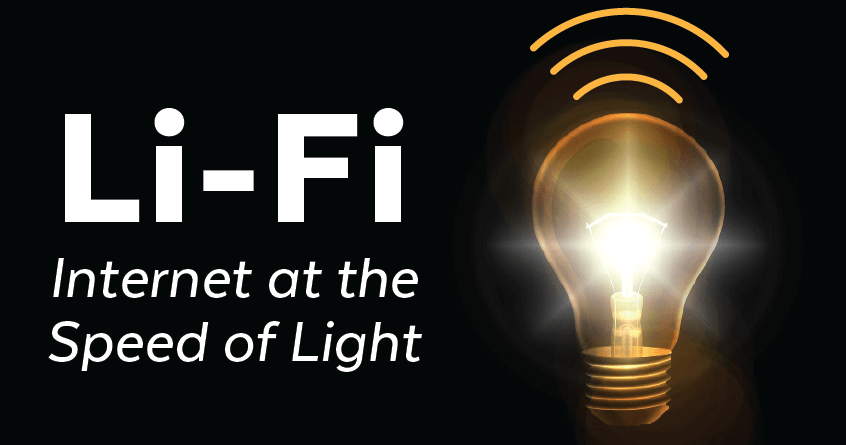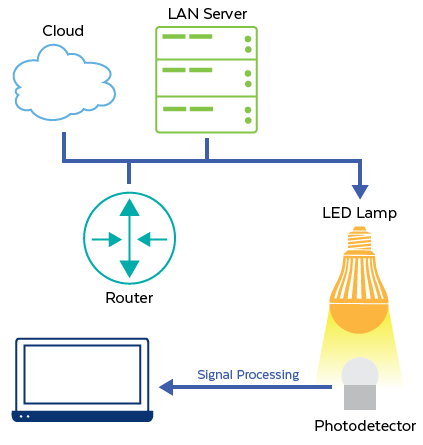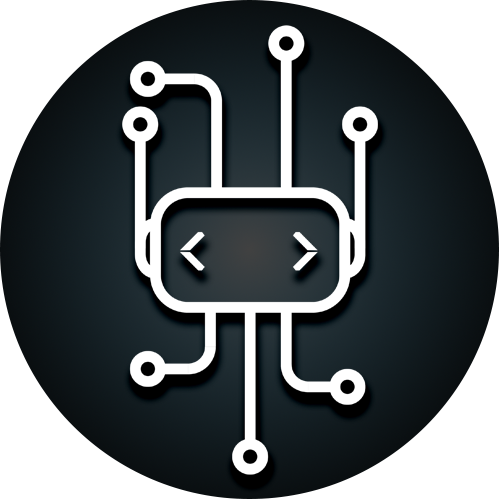
What is Li-fi (light Fidelity)
9:03 PM, November-12-2022
Li-Fi (also written as LiFi) is a wireless communication technology which utilizes light to transmit data and position between devices. The term was first introduced by Harald Haas during a 2011.
Li-Fi is a light communication system that is capable of transmitting data at high speeds over the visible light, ultraviolet, and infrared spectrums. In its present state, only LED lamps can be used for the transmission of data in visible light. In terms of its end user, the technology is similar to Wi-Fi, the key technical difference being that Wi-Fi uses radio frequency to induce a voltage in an antenna to transmit data, whereas Li-Fi uses the modulation of light intensity to transmit data.
Li-Fi is able to function in areas otherwise susceptible to electromagnetic interference (e.g. aircraft cabins, hospitals, or the military).

Working of Li-Fi:
Light Fidelity technology is wireless communication device focused mainly on use of visible light between violet (800 THz) and red (four hundred THz). Li-Fi is based solely on propagation of information in defined and uniform fashion via amplitude modulation of light supply.
There is LED transmitter (light emitting) on one end and photo detector (light sensor) on other. Li-Fi operates very simple and fast. The data input to LED transmitter is encoded into light by varying the flickering rate at which binary code (1 and 0) is generated by LEDs flicker ‘on’ and ‘off’.
LED transmitter’s on / off operation which seems to be invisible to human eye as speed of LEDs is less than microsecond. By switching ON LED is logical ‘1’ it makes data transfer according to incoming binary codes, switching OFF is logical ‘0’.
Data can be encoded in light by varying rate at which LEDs flicker on and off to different combinations of 1s and 0s.
Advantages
- Proficiency: energy utility can be minimized with use of LED illumination which are now accessible in home, workplaces and Mall and so on for lighting reasons.
- Cost: not only does Li-Fi need fewer components for its service, but it also requires only small additional capacity for data transmission.
- Availability: is not issue as light sources are available all over place. Along these lines, lights are can be utilized as model for information transmission.
- Security: One principal advantage of Li-Fi is security. Since light can’t go through opaque structures, Li-Fi web is accessible just to clients inside limited zone and can’t be intercepted and misused, outside area under operation.
- High speed: Combination of low interference, high bandwidths and high-intensity output, aids Li-Fi provides high data rates i.e., 1 Gbps or even beyond.
Disadvantages
- The availability of light source is necessary for internet access. This could restrict areas and situations where Li-Fi might be used.
- Light waves cannot penetrate walls and therefore Li-Fi has much shorter range than WiFi.
- Opaque impediments affect data transmission on pathways.
- Normal light, sunlight, and ordinary electric light can influence information transmission speed.
Applications
In Aircrafts: In air crafts, passengers get high-charges on low-speed internet, but using Li-Fi provides affordable fees for high-speed internet.
Health technologies: Wi-Fi has been replaced by Li-Fi in many hospitals because use of Wi-Fi in hospitals interferes with mobile devices and computers that block the monitoring equipment signals.
Disaster management: Li-Fi can be used as groundbreaking methods of correspondence in the midst of disaster, e.g. seismic tremor or, on other hand, hurricanes as subway stations and passages; common dead zones do not impede Li-Fi.
Difference between Li-fi and Wi- fi

- LiFi technology is not a replacement of a widely used WiFi technology. Both the technologies LiFi and WiFi co-exist together based on their respective unique features.
- LiFi operates between wavelengths in the range from 380 nm to 780 nm whereas WiFi operates at different frequency bands viz. 2.4 GHz and 5 GHz.
- LiFi is used to exchange data incredibly rapidly and securely at much lower power level compare to WiFi.
Subscribe to our Youtube channel: Auctux ✌️
